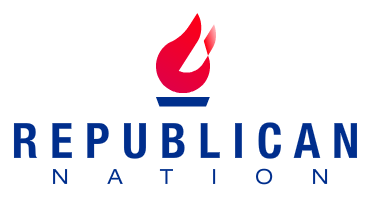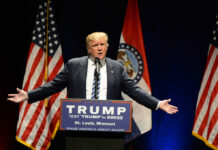
In the key battleground state of Wisconsin, a recent Quinnipiac University poll illuminates the current dynamics of the presidential race, showing President Joe Biden maintaining a lead over his predecessor, Donald Trump. Among registered voters surveyed, Biden commands 50% support compared to Trump’s 44%. However, the emergence of third-party candidates introduces a new dimension to the race, tightening the competition between the frontrunners.
When factoring in independent candidate Robert F. Kennedy, Jr., Green Party candidate Jill Stein, and independent candidate Cornel West, Biden’s lead diminishes, dropping to 40%, while Trump closely trails at 39%. Notably, Kennedy, Jr. garners 12% support, Stein captures 4%, and West receives 1%, indicating the potential influence of minor candidates in shaping the outcome of Wisconsin’s presidential election.
2024 Wisconsin GE:
Biden 50% (+6)
Trump 44%
.
Biden 40% (+1)
Trump 39%
Kennedy 12%
Stein 4%
West 1%.@QuinnipiacPoll, 1,457 RV, 5/2-6https://t.co/4KZMSAxEdJ
— Political Polls (@Politics_Polls) May 8, 2024
Wisconsin has historically leaned Democratic in presidential elections, with a Republican candidate securing victory only once since 1988—when Trump narrowly defeated Hillary Clinton in 2016. In the 2020 election, Biden reclaimed the state for the Democrats, clinching victory by a margin of just over 20,000 votes out of more than 3.2 million cast.
The Quinnipiac survey, conducted from May 2-6 and based on responses from 1,457 registered Wisconsin voters, carries a margin of error of +/- 2.6 percentage points.
Interestingly, this poll diverges from other recent surveys in the state. A mid-April poll by Marquette University Law School indicated Trump leading Biden by 51% to 49%, while RealClearPolitics aggregates various polls to suggest a narrow 0.5 percentage point lead for Trump in Wisconsin.
As the race in Wisconsin evolves, the role of third-party candidates could prove pivotal, potentially influencing the trajectory of this battleground state in the upcoming presidential election. The dynamic shifts underscore the fluidity of political sentiments and the importance of monitoring evolving voter preferences as the campaign progresses.





























